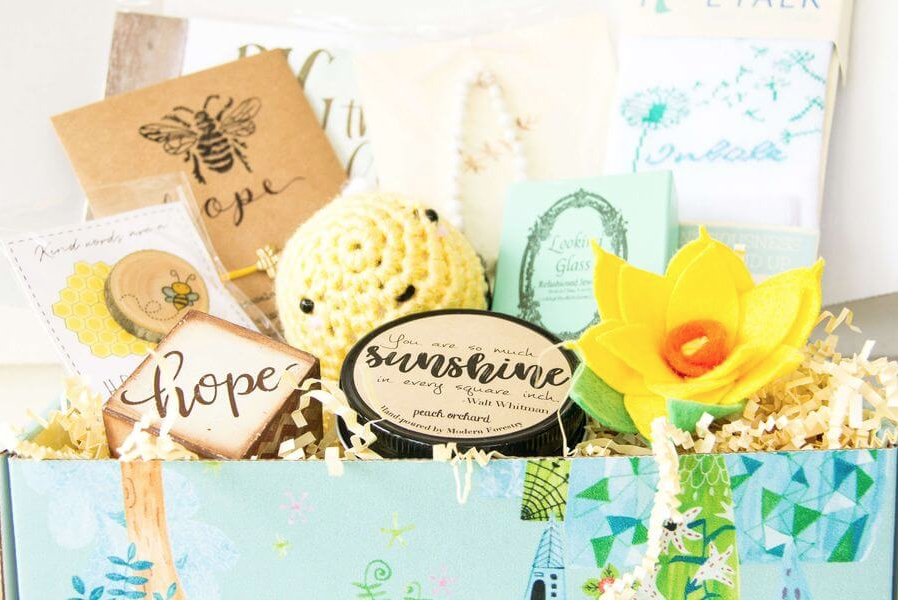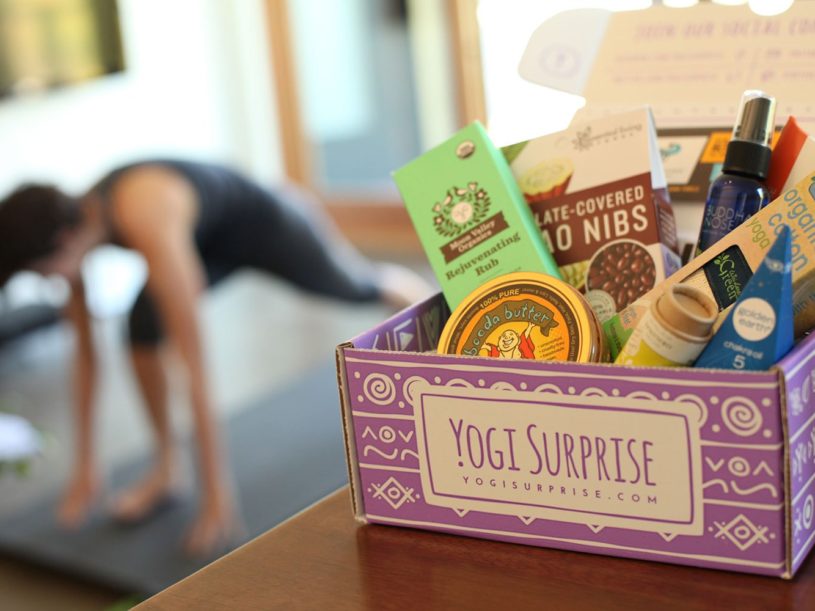Choosing products for your box, often called procurement, is one of the most exciting and important parts of your business. Depending on your performance, customers will choose to continue or cancel their subscription.
Before you embark on the procurement process, you might subscribe yourself to a handful of your favorite subscription boxes. Checking out how similar businesses put together boxes can give you a fresh dose of insight into how you might present your own offerings to customers.
Once you’re ready to source and order products, keep these three main considerations in mind:
Step 1: Understand Your Niche & Value Proposition
Let’s start with some general positioning to keep in mind when selecting products.
Your Niche
At the core of your business is your niche. This is the market, trend, or lifestyle that your business serves. It’s that idea you’ve identified as having a special characteristic: a unique community with a specific need.
For example, if you deliver artisan food each month, your niche audience is customers who value artisan foods over “regular” food. Ask yourself what’s at the heart of your business. Is it art for children, gamer gear, or organic snacks? Who are your customers? What is the community behind your product?
This is important, as understanding your niche is critical in fulfilling it. Your members signed up for your service with a specific set of products in mind, like a checklist of what they think defines the business. If you’re curating for an eco-friendly audience, that value system needs to come through in your procurement. Ensure that your products breathe the culture behind your business.
Your Value Proposition
While your niche defines the ethos of your business, your value proposition defines the promise of value in your box. This isn’t always a monetary promise, like “$50 Retail Value.” Perhaps it’s your promise of discovering brand-new products from small local businesses, handmade goods, or another indicator of a high standard you hold.
Living up to your value proposition is as important as properly servicing your niche. If you promise a specific monetary value, like the $50 mentioned above, missing it or not living up to this value affects your customer retention and business reputation. Reflect on your value proposition throughout the procurement process. Do the items you’ve selected live up to the standards you outlined?
Step 2: Understand Variety, Aesthetic & Quality

The truth is, you can fulfill your niche and value proposition and still have dissatisfied customers. While it’s an incredibly frustrating experience, likely all procurement teams have experienced this at one time or another. Why does this happen?
Well, it may be due to how your box looks.
Effectively selecting products also requires you to understand the aesthetics and visual quality of your box. Consider the unboxing experience; that is, after all, your customer’s first impression each month. Aesthetics can most simply be understood as the beauty in the design of your box. Getting this right means your customers won’t feel like they need to add up retail prices or count products to ensure they got everything.
Ask yourself:
- Does the box feel full? The feeling of fullness is a great way to psychologically prime your customers. Especially with smaller items, use specialty packing material to keep products safe and presentable when your box is opened.
- Does it look worth it? In short, is the quality of the products clearly apparent? The visual quality of your products is another big part of the customer’s unboxing experience. Even if a product is large, poor packaging can cause something to break or otherwise degrade its perceived value. Make sure your products look as beautiful as possible.
- Do you have variety? No one wants to receive seven versions of the same product –– not in the same box, certainly. Keep your products varied and unique each month to show customers the value of curation in your procurement process.
Remember: Make the unboxing experience one that delights the senses, providing a true experience to your customers.
Step 3: Positioning Your Business to Vendors (and Negotiating)
As important as it is to make a good impression with customers, it’s just as important to position yourself well with vendors, the businesses providing the products for your box. After all, without them, you wouldn’t have a subscription service! While there’s no standard way to do this, procurement usually takes the form of two strategies: free sample/product marketing or buying products priced for wholesale, less, or at cost.
Free Sample/Product Marketing
Free sample/product marketing procurement relies on the value proposition that by including their product, a vendor exposes themselves to highly-qualified, converting customers. These customers have signed up for your service in order to discover new products, which they may become loyal to. In the same way that a vendor should see value in product sampling at Costco or Whole Foods, they should feel confident about putting their product in your box: you’re connecting them with customers.
- Pro: Free products mean a larger profit margin, which means less cash out of your business. You can keep prices lower for customers and still have high profitability.
- Con: This is probably one of the harder procurement methods, especially when scaling up. You begin to rely on multiple vendors, which can create logistical challenges that will require time and effort to overcome.
Purchasing Products at Wholesale Prices
On the other hand, you have product buying. Generally, this is more sustainable for procurement. Vendors tend to have more interest in the deal, and you can negotiate by using strategies found in free sample marketing. First, ask for wholesale/distributor cost pricing. This is due to the (likely) large volume of orders you’ll place. Wholesale costs will be much lower than MSRP. While this rate varies from vendor to vendor, it can run at a 40% or higher discount compared to retail.
Purchasing at Lower Prices or Even At Cost
If wholesale doesn’t work out, work with the vendor to find a price that’s acceptable for you. If you need to push them down, stress the same marketing point as before: qualified customers get to discover their product. Don’t hesitate to ask for at cost pricing (i.e., what it cost the vendor to produce the item) or a cost-share arrangement.
- Pro: More sustainable. Your team has a budget and is able to be flexible when buying products. Some months, you may buy under budget and find yourself with higher profitability.
- Con: You need to build purchasing into your box’s price point. If you plan to spend $10 on products, consider what you’re left with after shipping and other expenses. You’ll likely have a higher-priced box. Generally, we recommend spending around 20-30% of average revenue per user on products.
When pitching to a vendor on the benefits of your box, brush up on the science of your argument. Part of what you’re offering is “social proof” or “informational social influence,” a psychological phenomenon where your customers believe that because you chose the product, it’s the correct product for them.
In other words, customers are more likely to choose a product after being referred, both in business relationships and in customer advocacy for your business. The more you build up the idea of vetting with your customers, the greater the value of your referral.
Keep the Big Picture in Mind
In each of these strategies, we’ve covered general, big-picture topics. Specific methods vary from one subscription service to the next, so start by reviewing the rudimentary foundations of your business. When building your box, consider your market – the niche. Consider the promises you’ve made – the value proposition. Consider the feel of the box – its aesthetics, quality, and variety.
Keep in mind that you’re providing a useful service for vendors: you’re a trusted source providing customers a referral to a new product. This type of advocacy is beneficial to any business, so be sure to use that angle to your advantage in negotiating.
Now go build some amazing boxes!
Cratejoy is an all in one subscription commerce platform that includes everything you need to start your own subscription commerce business online. Try it free for 14 days.




